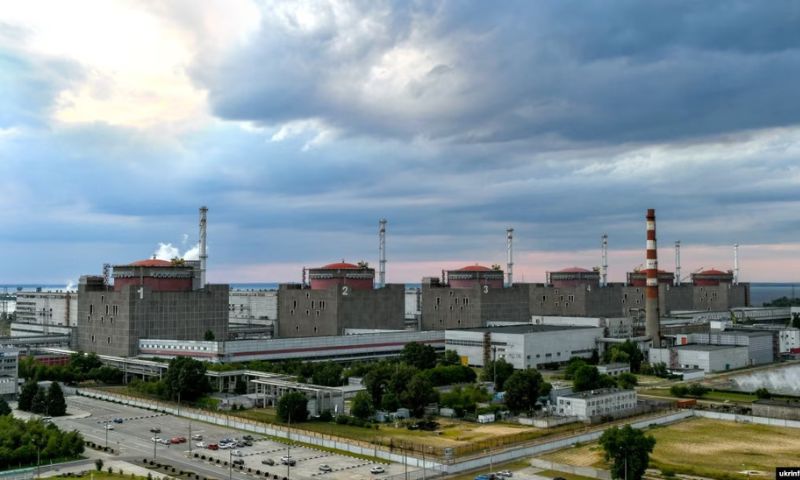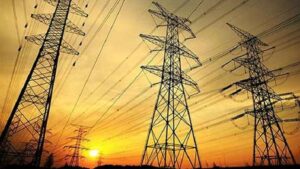VIENNA: Concerns surrounding the safety of the Zaporizhzhia nuclear power plant in southern Ukraine have intensified, as both Kyiv and Moscow accuse each other of planning covert attacks. The International Atomic Energy Agency (IAEA), the UN nuclear watchdog, has repeatedly warned of the risk of a radioactive disaster due to the ongoing fighting around Europe’s largest nuclear facility. The IAEA has called for additional access to the site to verify the absence of mines or explosives.
Since its occupation by Moscow on March 4, 2022, during the invasion, the Zaporizhzhia plant has faced various safety threats, including frequent shelling near the site, power cuts, and pressure on Ukrainian staff. The Ukrainian military recently claimed that objects resembling explosive devices were placed on the outer roof of reactors three and four. Kyiv has urged immediate action from the international community, while tension surrounding the plant has reportedly been gradually decreasing.
On the other hand, Russian authorities have alleged that Kyiv was planning an act of sabotage. IAEA experts, who have been present on-site, have encountered difficulties accessing certain areas of the plant, including the rooftops of reactor units three and four. The IAEA has stressed the importance of verifying the facts on the ground, particularly in light of the increasing military activities in the region.
Potential Threats to Nuclear Plant in Ukraine
While the plant’s reactors are protected by concrete containment structures and have been shut down with additional safety features since the Fukushima accident, there are concerns about potential threats. Harvard Kennedy School professor Matthew Bunn explained that a few stray shells or mines on the roof would be unlikely to cause a serious radioactive release, but he acknowledged that a major release could occur through serious demolition with explosives. Power and water cuts also pose risks, as strikes have damaged external power lines, and the plant’s water supply was affected by the breach of the Kakhovka dam.
Although the reactor units have been shut down for months, there is still a significant amount of radioactive material on-site. A prolonged cooling failure could lead to a meltdown and the release of radioactive materials into the environment. While the impact would be lower due to the shutdown, other materials released could contaminate the ground. However, experts emphasize that none of the countries involved have an interest in such a scenario, as prevailing winds would likely carry the radioactive elements towards Russia and Belarus.
























